From Charles Manson publicly calling Ted Bundy names, to Sherriff Ken Katsaris revealing he had thought about murdering Bundy in his cell, here are 8 lesser-known facts about Ted Bundy from our best-selling True Crime Factbook.
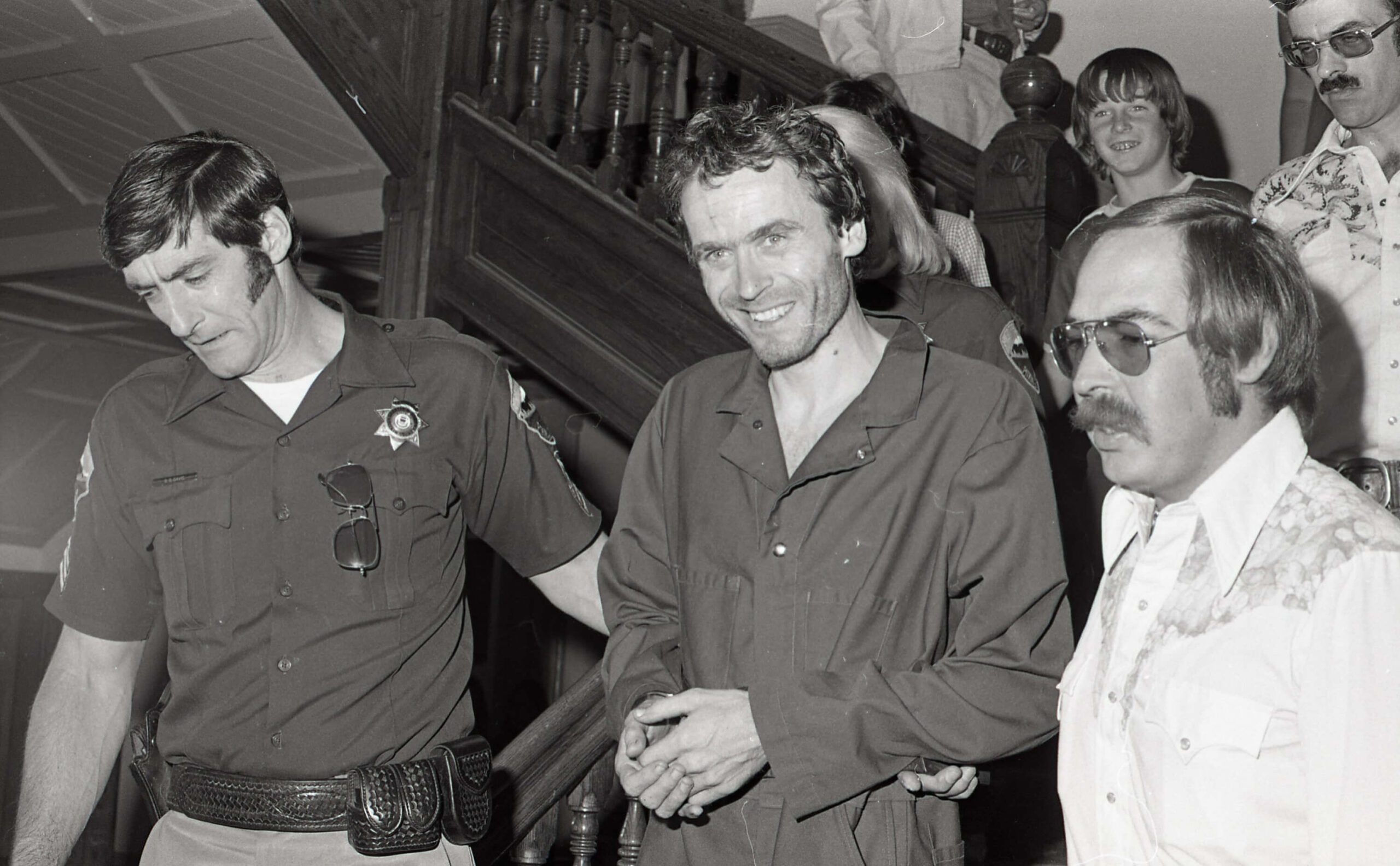
1.
Following Ted Bundy’s recapture in 1977, Pitkin County’s Sheriff’s Department greeted the killer with a sign that read “Welcome Home, Teddy.”
The judge immediately ordered Bundy to wear ankle restraints during court appearances after the first attempt to excuse him from wearing them resulted in an escape from Pitkin County Courthouse.
Bundy was unhappy with the judge’s decision, saying, “I’m at a psychological disadvantage cross-examining witnesses with these on.”
Prison guards had planned to hire a welder to install extra bars in Bundy’s cell after the reports that he was planning to escape again, but the welder never got around to it, and Bundy fled again.
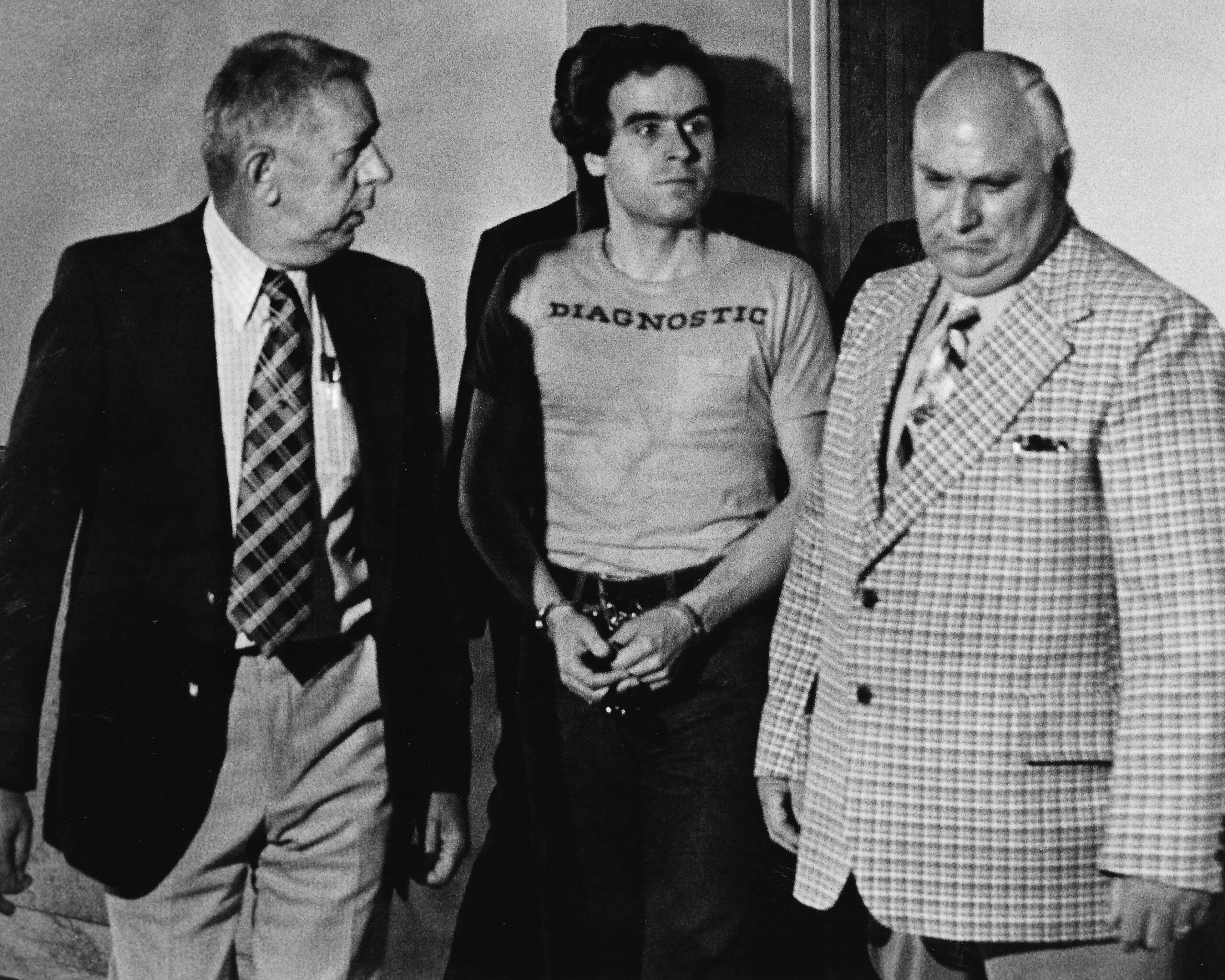
2.
According to one of Charles Manson’s prison friends, interviewed by investigative journalists Dylan Howard and Andy Tillett, the infamous criminal mastermind was not a big fan of Ted Bundy.
“Charlie knew his influence and how big he was. Sometimes he’d say, ‘Ted Bundy was a coward’—and then tell you he, Manson, was the greatest serial killer of all time,” the prison jail confidant said.
Following Bundy’s execution in 1989, Manson did not miss the chance to make a public statement of how he felt about the infamous serial killer:
“Bundy’s a rumpkin. Bundy’s a poop butt. Bundy’s his mama’s boy. Bundy’s out there trying to prove something to his own manhood — that’s got nothin’ to do with me. I don’t roll around with poop people like that.”
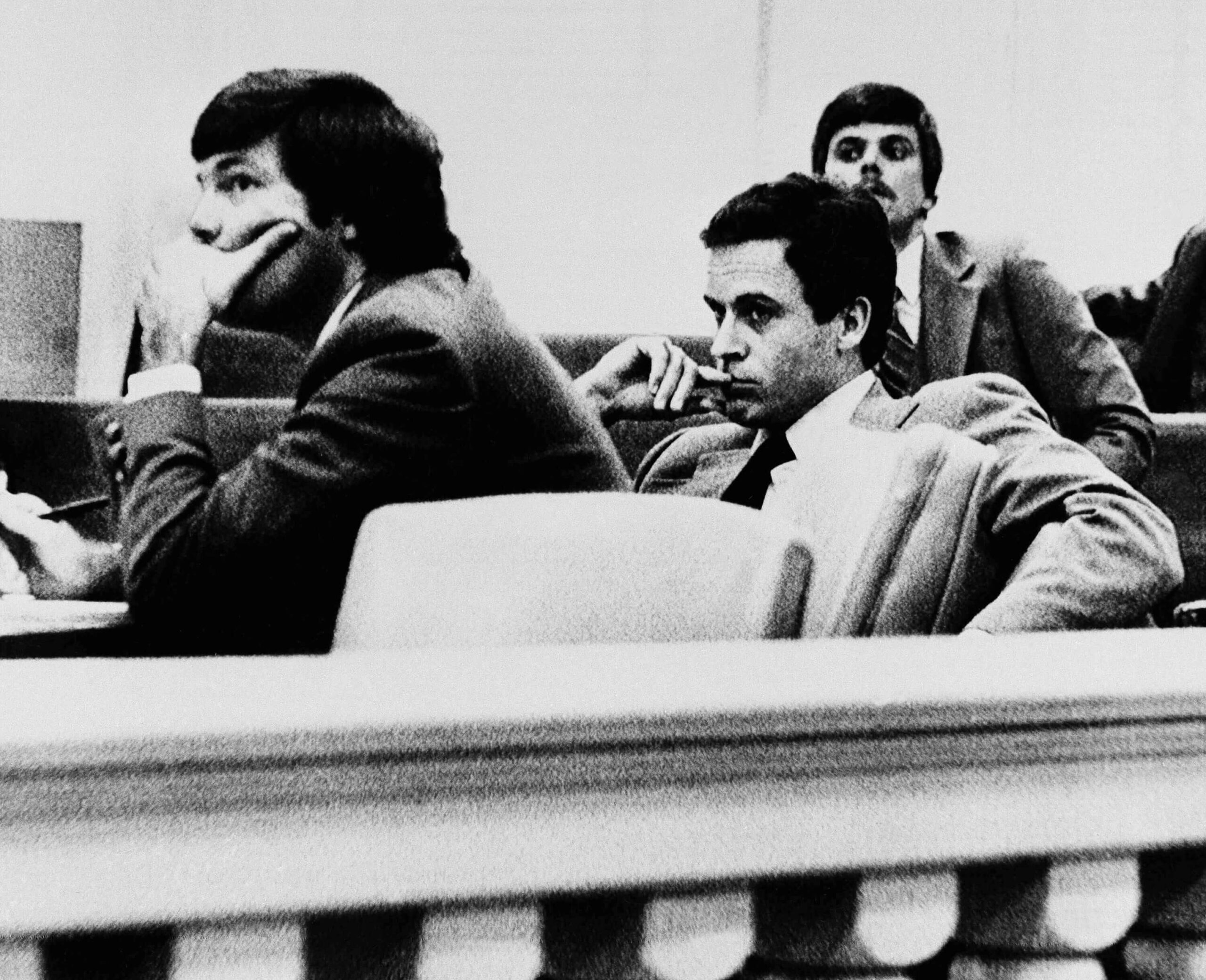
3.
Many serial killers have paraphilias, but Ted Bundy took the term “fetish” to another level by being obsessed with white socks.
Bundy loved the fact that he possessed so many of them and fell into euphoria when his possessions were mentioned during court proceedings.
In Hugh Aynesworth’s book Ted Bundy: Conversations with a Killer, Bundy himself said:
“I’ve got a sock fetish. No question about it. I must have six or seven pairs right here with me in my cell. Socks are such a serious part of my life. They’re so very important to me. They kept reading the list of socks and all [in court] and I felt proud. Honestly, it didn’t even begin to occur to me that people might wonder why I had all those socks. I just felt proud.”
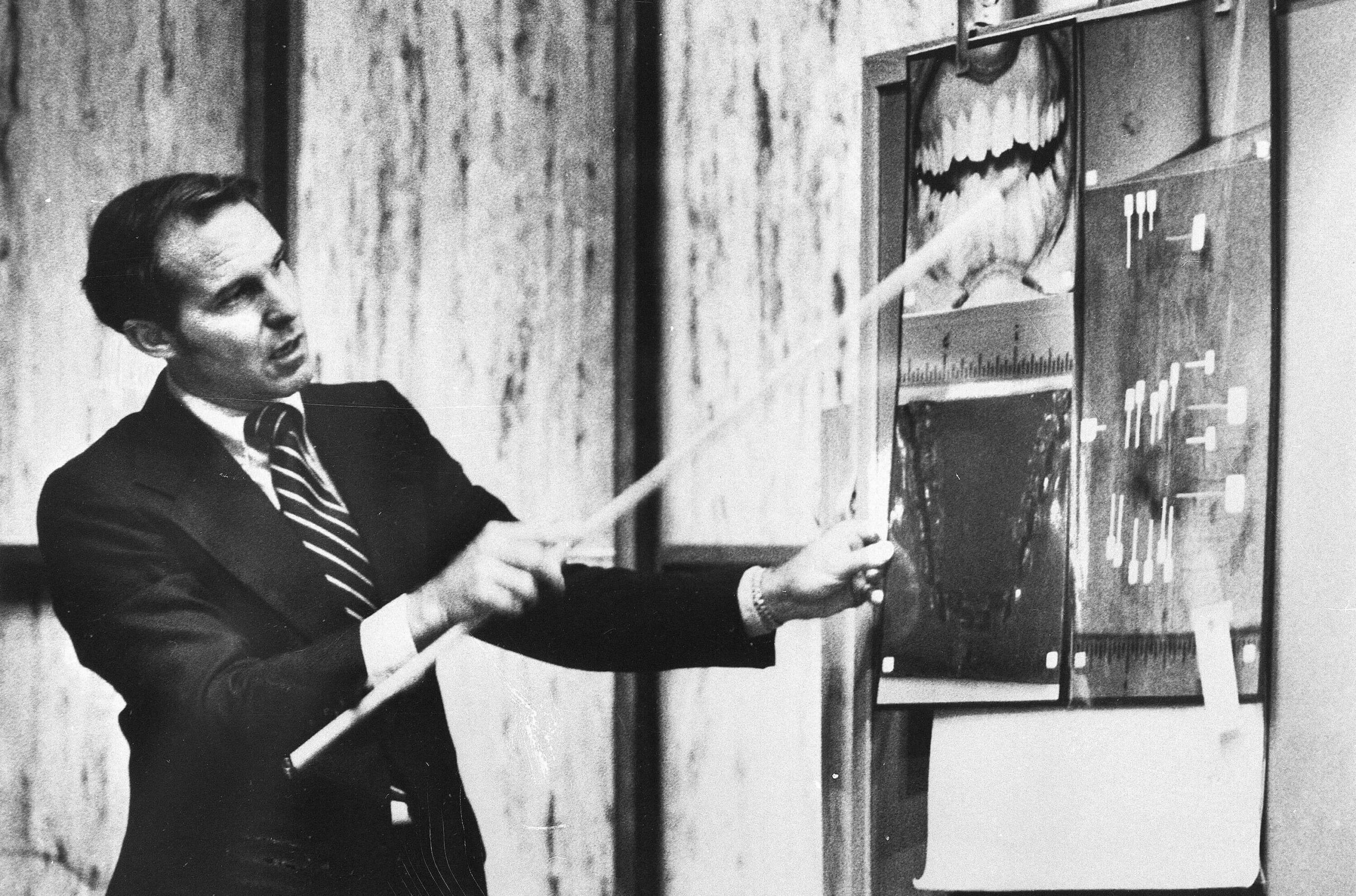
4.
Knowing Ted Bundy’s ability to hamper the investigation, detectives had to take all necessary precautions to prevent him from smashing out his teeth or grinding them down on his cell bedposts in an attempt to throw bitemark evidence out of the case.
Although Bundy refused to provide his dental impressions voluntarily, investigators eventually outsmarted the killer by acquiring a warrant that allowed them to take Bundy on a surprise trip to a forensic odontologist under the ruse that he was going to the doctors for a routine checkup.
Upon seeing the search warrant, Bundy realized that the officers could use force, so he sat down in the dental chair, leaned back, opened his mouth, and said:
“Do what you have to do, Ken. You know I’m not a violent person.”
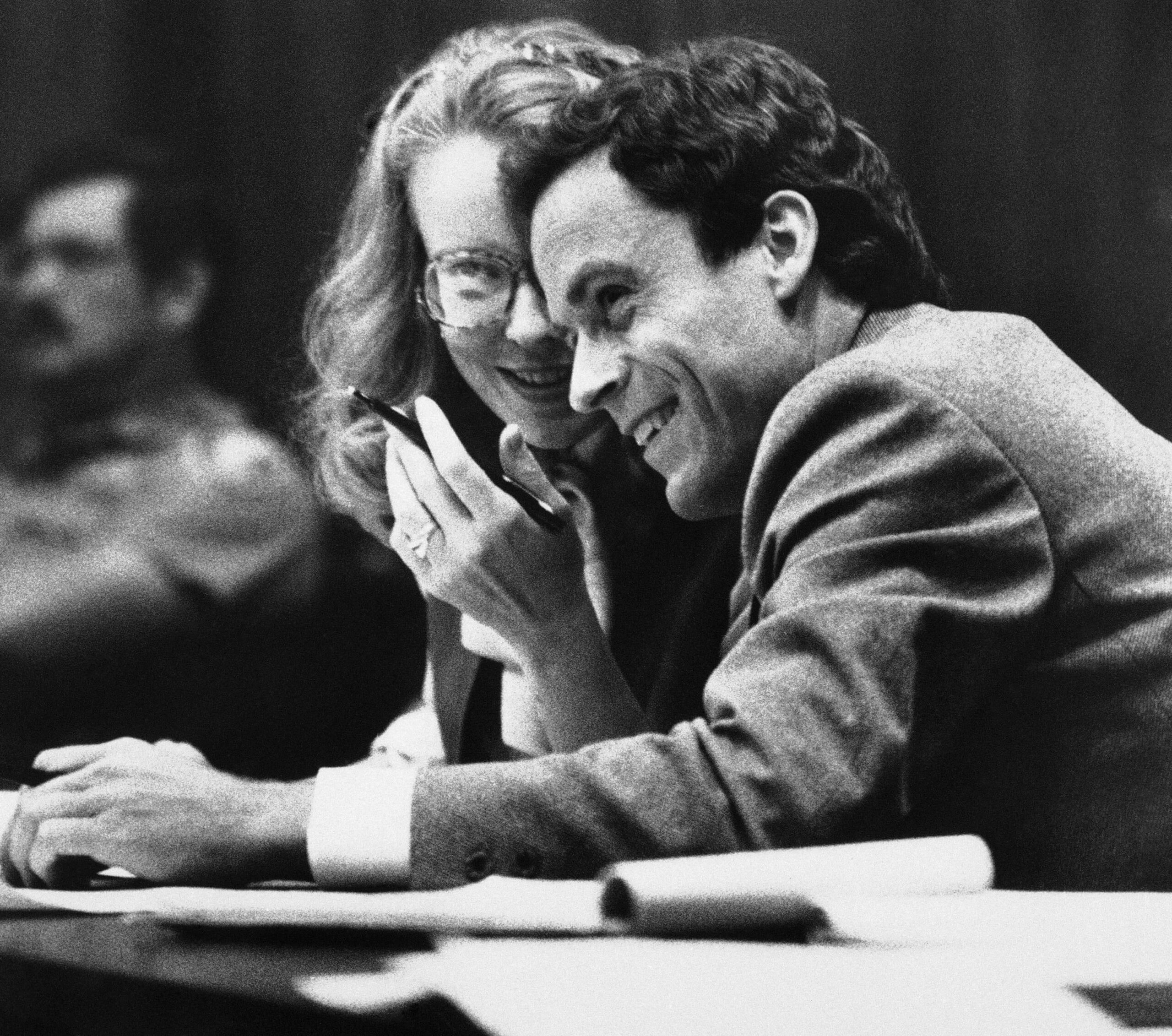
5.
In his trials, Ted Bundy always made sure to address his female fans.
Bundy believed that the more supporters he had, the more the jury would be swayed into thinking he wasn’t capable of horrific acts of kidnapping, rape, and murder.
While in prison, Bundy received more than 200 letters a day from women obsessed with him. Many groupies were so deluded that they believed Bundy was actually innocent.
A number of women took their obsession to another level by showing up to the courtroom wearing their hair parted down the middle and hoop earrings, on the assumption that this style matched his victims. Some even dyed their hair brown to match the hair color of the women Bundy murdered.
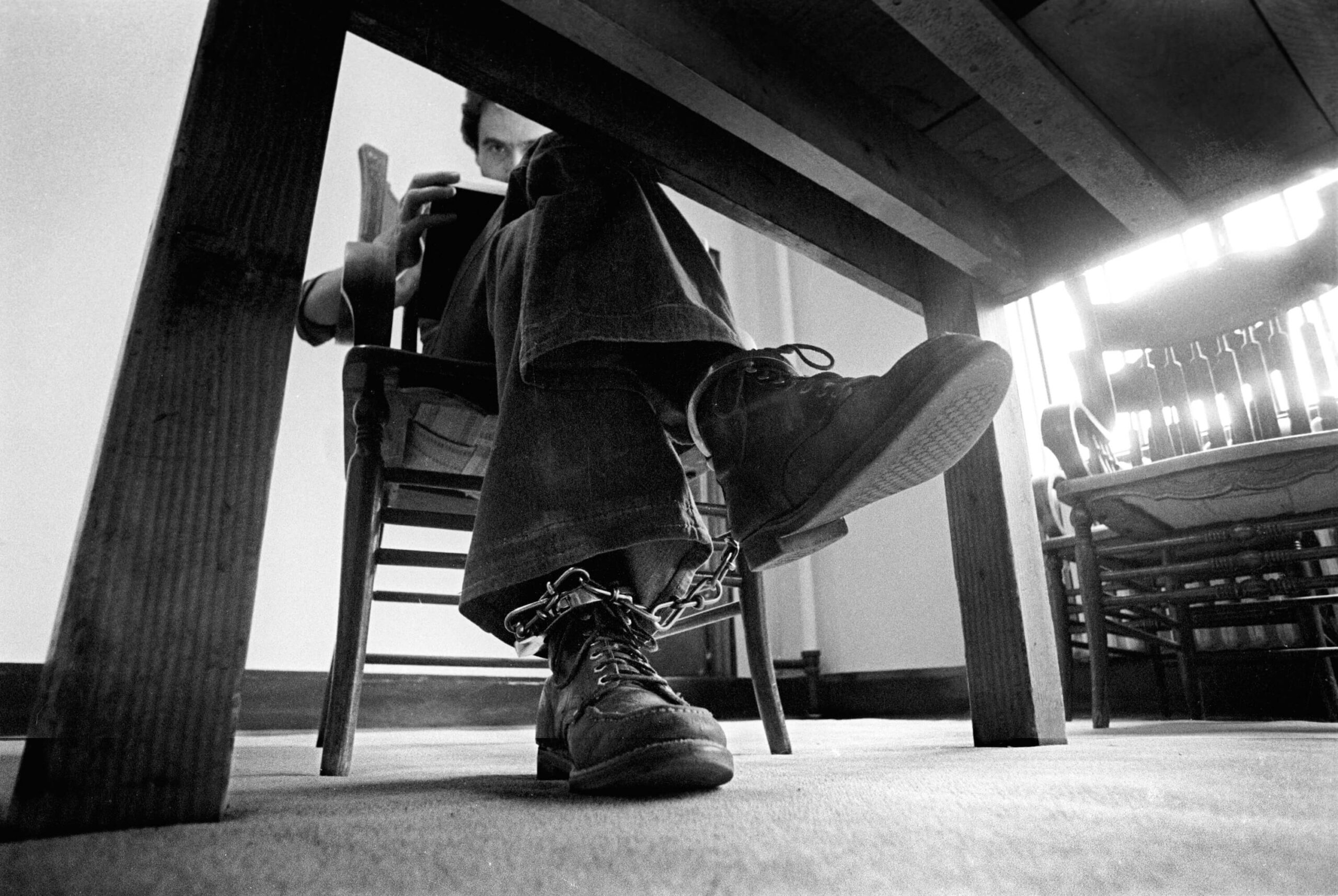
6.
As a part of his psychology studies at the University of Washington, Ted Bundy volunteered at the suicide prevention hotline, where he met the future true crime sensation, Ann Rule.
Perversely enough, Bundy also worked as the assistant director of the Seattle Crime Prevention Advisory, where he helped draft the state’s new hitchhiking law and wrote a rape prevention pamphlet for women.
According to journalist Stephen Michaud, who managed to record more than 100 hours of interviews with Bundy on death row, this job “allowed Bundy to spot holes in the system to be exploited.”
“It gave him access to a lot of crime statistics. He saw what the police did and what the police did not do. He saw all sorts of places where somebody who was smart enough could take advantage,” Michaud said.
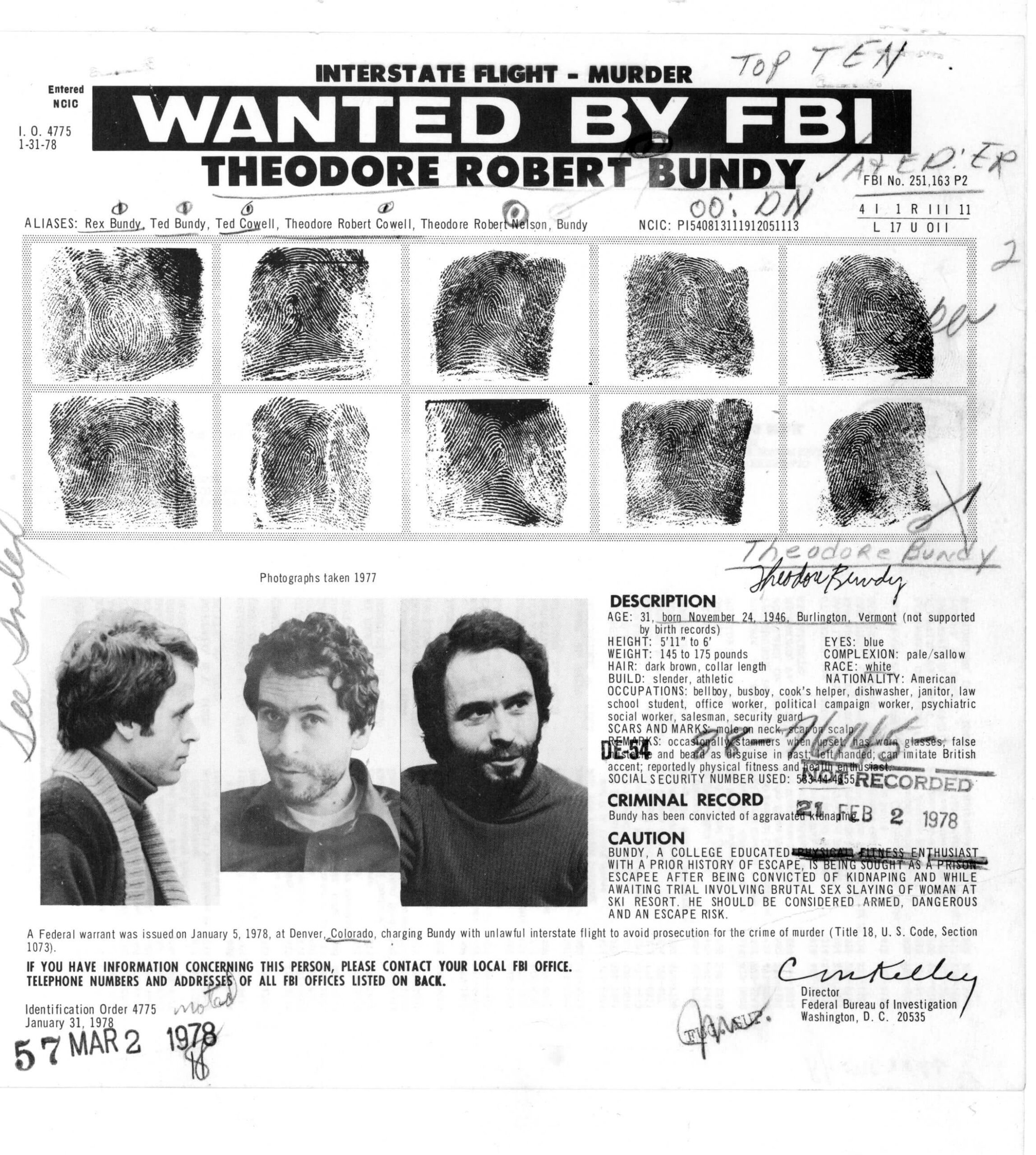
7.
Although Ted Bundy and Gary Ridgway had significantly different methods of operation, they both shared a twisted ritual – revisiting their dead victims.
On numerous occasions, Bundy had sex with the decaying bodies and laid with them for hours afterward. He also decapitated at least twelve of his victims and took some heads home as temporary trophies. Bundy would wash their hair, apply make-up, engage in sexual acts and take Polaroid pictures before disposing of the body part.
During his confession, Ridgway revealed that he would occasionally return to the dumpsites to watch the bodies decompose and have sex with them. The Green River Killer later explained that he did not find necrophilia more sexually satisfying, but having sex with the deceased reduced his need to kill again and thus reduced his chances of being caught.
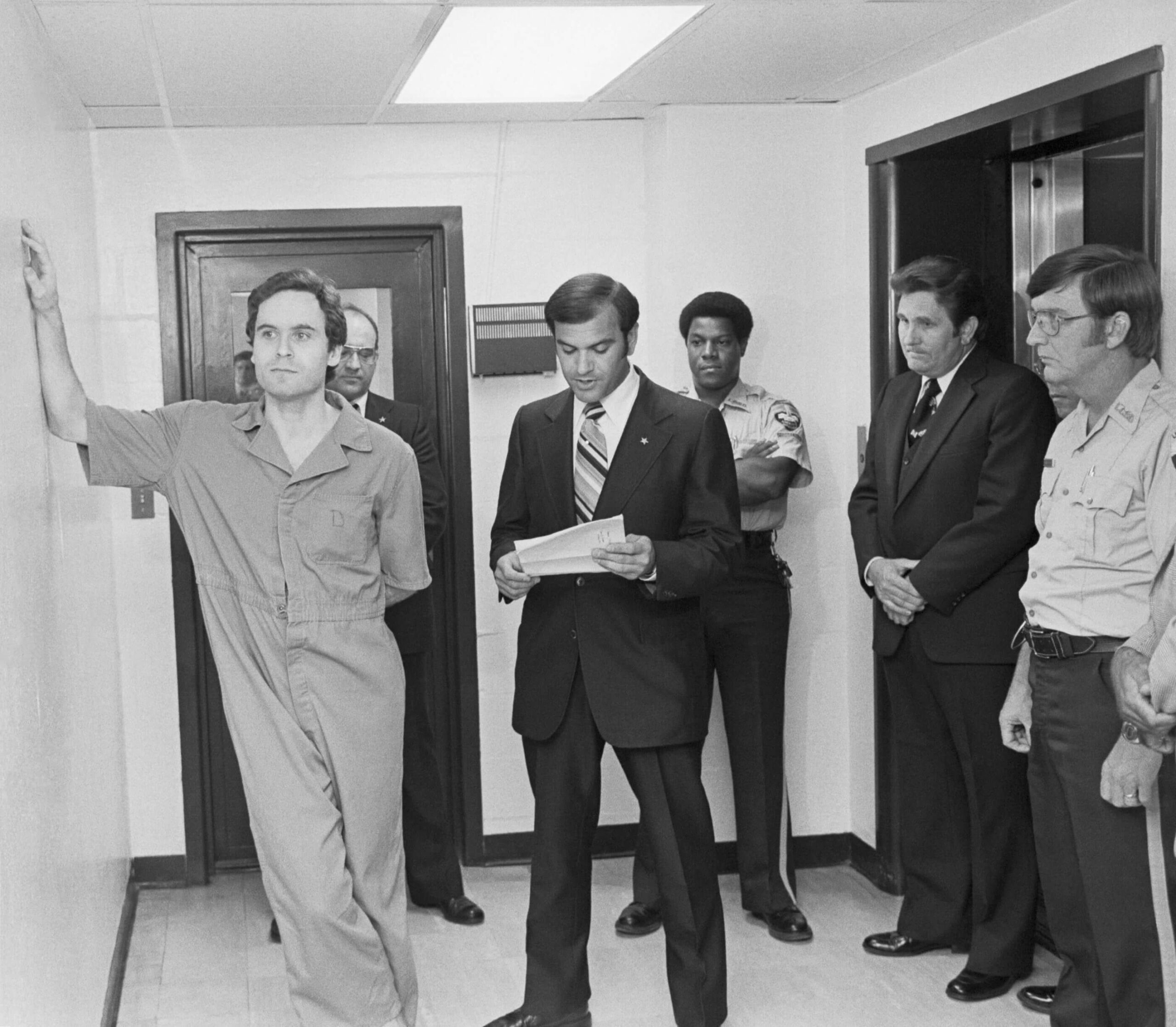
8.
Following Ted Bundy’s ultimate recapture in 1978, Sheriff Ken Katsaris was in charge of watching over Bundy. Considering the killer’s history with escapes, Katsaris put three locks on the cell door Bundy was kept in and made sure the keys were always in the hands of three different people.
“I got written up by the fire marshal’s office because they said if the jail were to catch on fire, he couldn’t get out,” Katsaris said. “I said, ‘Too bad.’”
The former sheriff said he had requests from constituents to kill Bundy in his cell.
“I thought about it,” Katsaris said.
“I can’t tell you the times I have watched the sun rise and set and thought about the light he took out of the lives of so many people.”
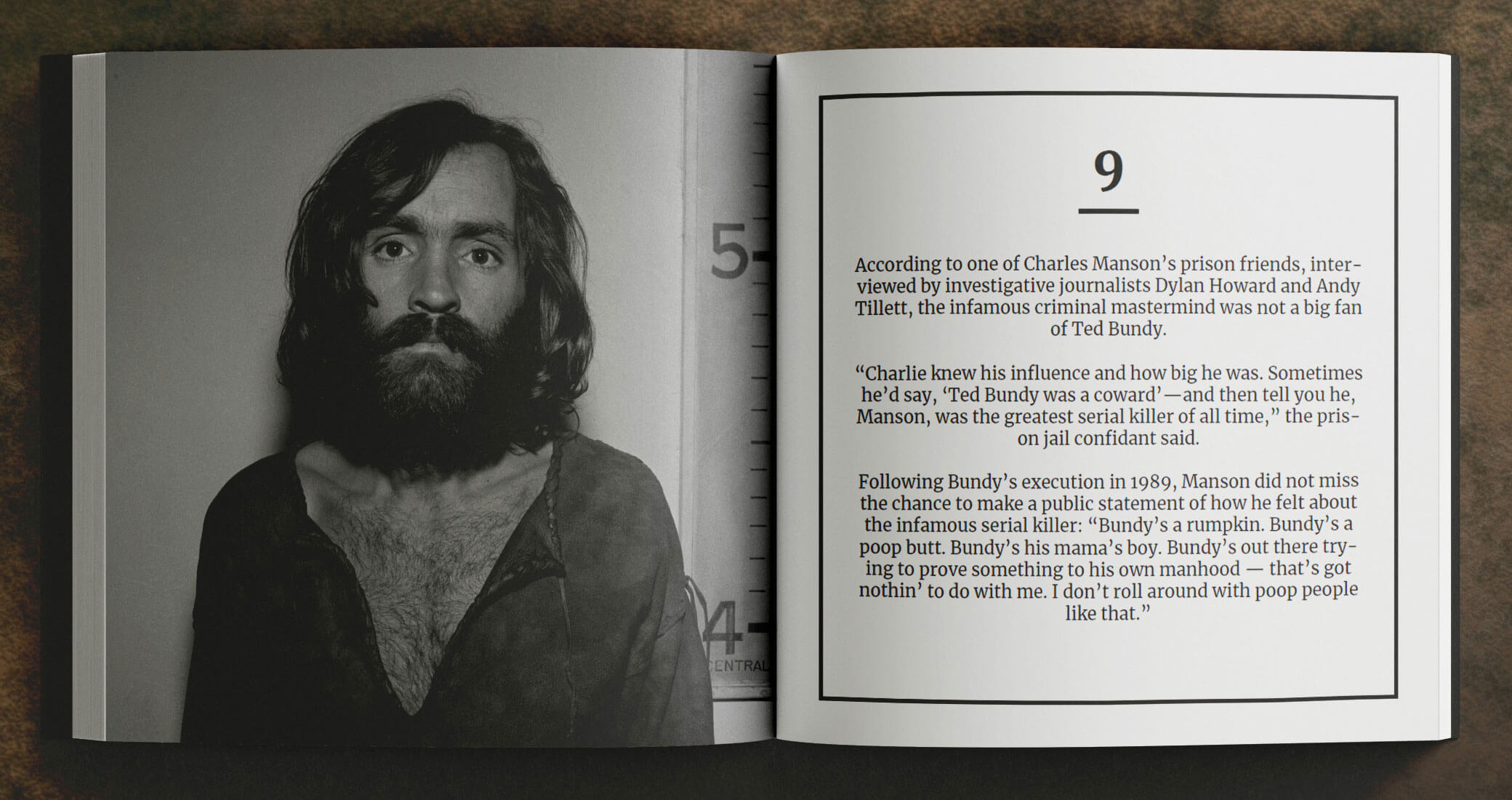
These 8 mind-blowing stories originally appeared in True Crime Factbook.
From Ted Bundy authoring a pamphlet instructing women how to prevent rape to a serial killer saving the life of a prison guard during a riot, True Crime Factbook is the ULTIMATE true crime treat.
-
Product on sale
 True Crime Factbook (Paperback)Original price was: $16.$8Current price is: $8.
True Crime Factbook (Paperback)Original price was: $16.$8Current price is: $8. -
Product on sale
 The eBook BundleOriginal price was: $20.$12Current price is: $12.
The eBook BundleOriginal price was: $20.$12Current price is: $12. -
Product on sale
 Paperback CollectionOriginal price was: $76.$20Current price is: $20.
Paperback CollectionOriginal price was: $76.$20Current price is: $20.









